Adam Rippon Is a Marketable Gay
April 16, 2018
As I scrolled through my social media feeds, looking for well-executed examples of the gay agenda, I was surprised to find the same face and name popping up over and over again: Adam Rippon
The sharp-tongued 28-year-old first gained public attention for being one of the first openly gay athletes to compete at the 2018 Winter Olympics in South Korea. Following his controversy with Vice President Mike Pence, in which Rippon flamed Pence’s stance on gay rights, including his support for conversion therapy, Rippon glided into the spotlight, bringing home bronze for the United States in the figure skating team event and becoming a gay icon in the process.
As much as I’m all for LGBTQ+ representation, I sit uncomfortably with the fact that Rippon is being tokenized as the gay icon, so companies can make money off of his naturally sassy demeanor.
There is no doubt that Rippon deserves all the medals and the attention that he’s been receiving. His visibility as an openly gay man is something to celebrate in the LGBTQ+ community.
However, I question the borderline-obsessive reception to Rippon by the public and the media. But what’s not to love? He’s an attractive, white, sassy, gay athlete killing it in his field. Basically, he’s fabulous, and that’s exactly what people want.
Since the Olympics, Rippon has dominated pop culture, appearing in videos like Buzzfeed’s “How Gay Is That?” and InStyle’s “Give Me The Gossip Adam Rippon.” Despite their lighthearted nature, these videos monopolize on Rippon’s personality as the gay best friend you’ve always wished you had. To the masses and corporations, he perfectly fits the stereotype of the sassy, side-eyeing, not-afraid-to-spill-the-tea gay persona.
However, another openly gay Olympic medalist, freestyle skier Gus Kenworthy, has not accrued the same explosion of media attention. Back in 2014, when Kenworthy first came out, the response was huge, but the media focused on his coming out and didn’t turn him into a social media novelty.
Why did Rippon become a gay media icon while Kenworthy continued to be viewed as just an athlete? I argue that the lack of attention Kenworthy has gotten is because he doesn’t have that feminine personality and expression that drives the masses wild. His personality isn’t the type that can be profited off of. Pop culture rewards those that can be molded, neglecting those that don’t fit the mold.
At the end of the day, pop culture will highlight and capitalize on people who accumulate the most views. If one searches and compares the YouTube search results with the highest number of views for “Adam Rippon” and “Gus Kenworthy,” Rippon’s first five results each broke one million views in less than two months. He is clearly bringing in the money.
This is not to say that there is a right way or wrong way to be gay. There is no such thing as being “too gay” or “not gay enough.” But the media often creates stereotypes and expectations to define people, thrusting those into the limelight that exemplify those characteristics. My argument is not that something is wrong with Rippon or that his presence in popular culture isn’t an achievement for the LGBTQ+ community, rather, we should be aware that his exposure isn’t necessarily for the sake of representation. It’s to make a profit.
What Rippon’s rising fame does allow is the validation for gay youth to be unapologetically themselves whoever that may be and give greater LGBTQ+ representation in sports. Although personalities like Rippon’s are the most visible and profitable narratives, it’s important to remember that there is an entire spectrum of diverse LGBTQ+ people and stories waiting and worthy of being heard and lauded.
A version of this article appeared in the Monday, April 16 print edition. Email Joel Lee at [email protected].


































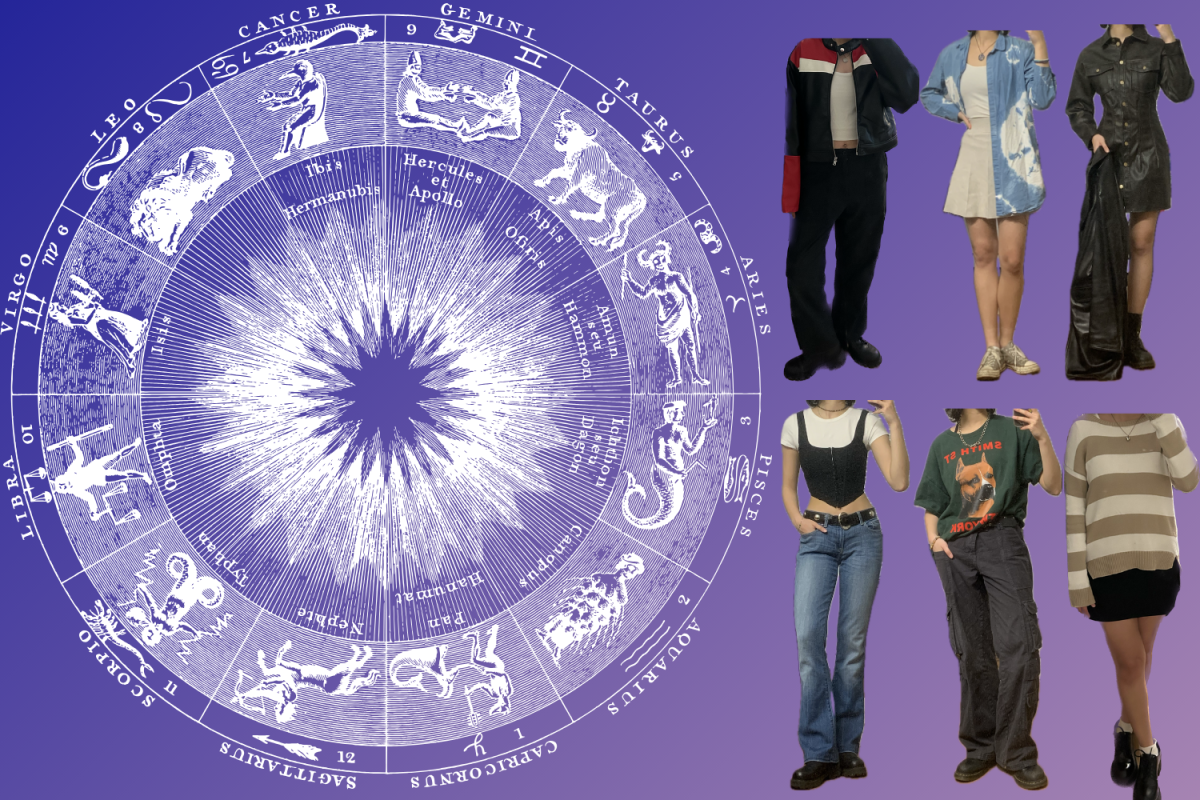
























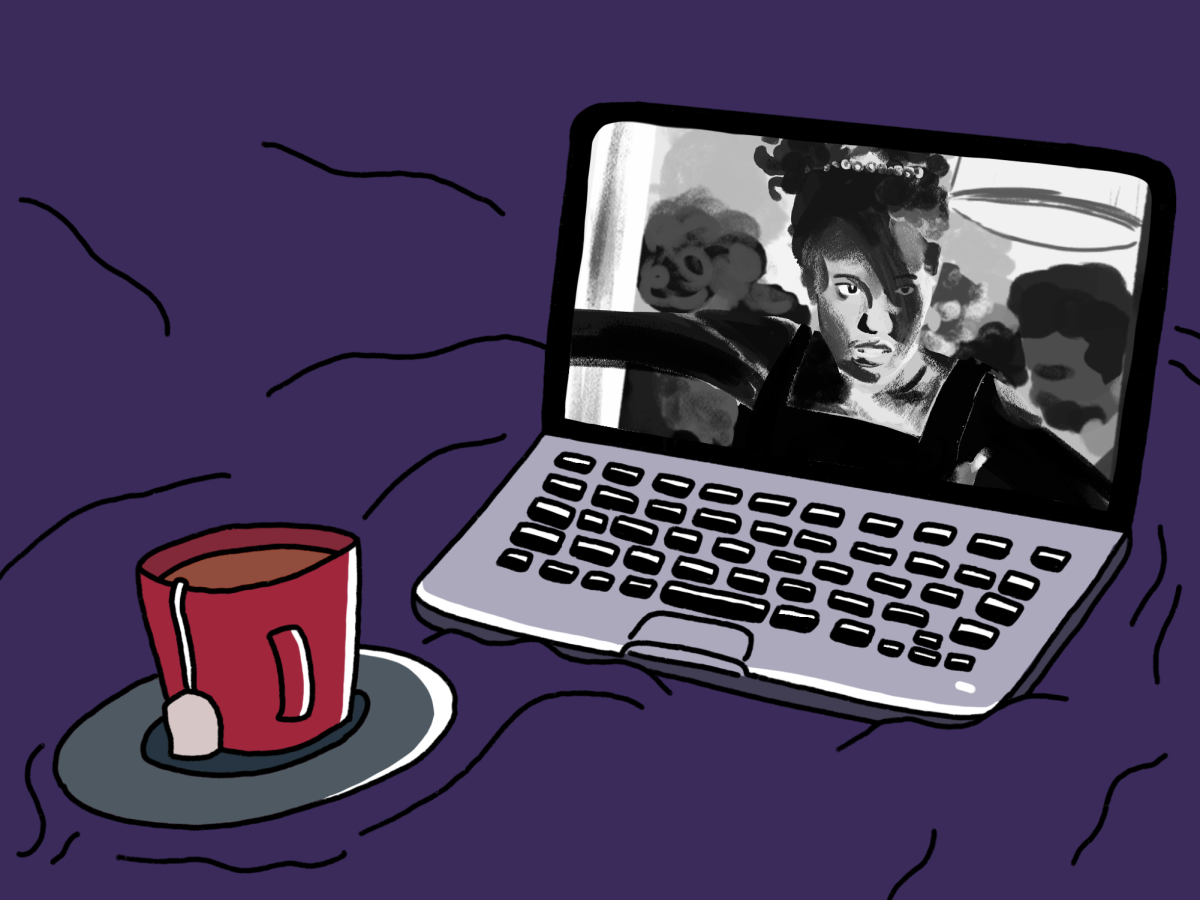








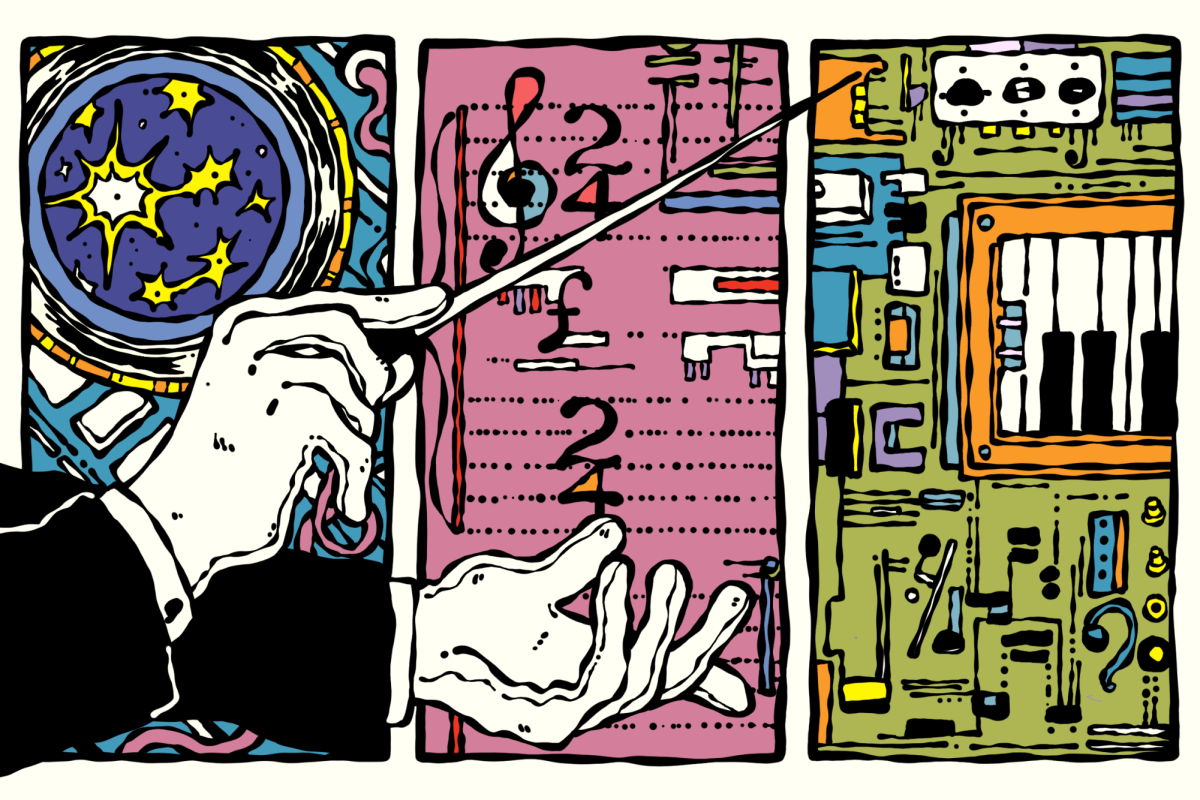












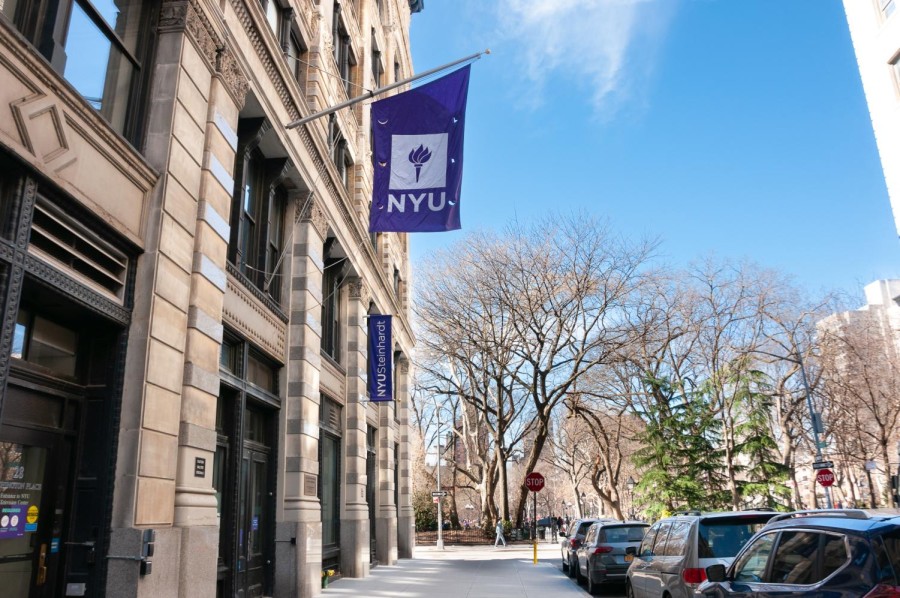






































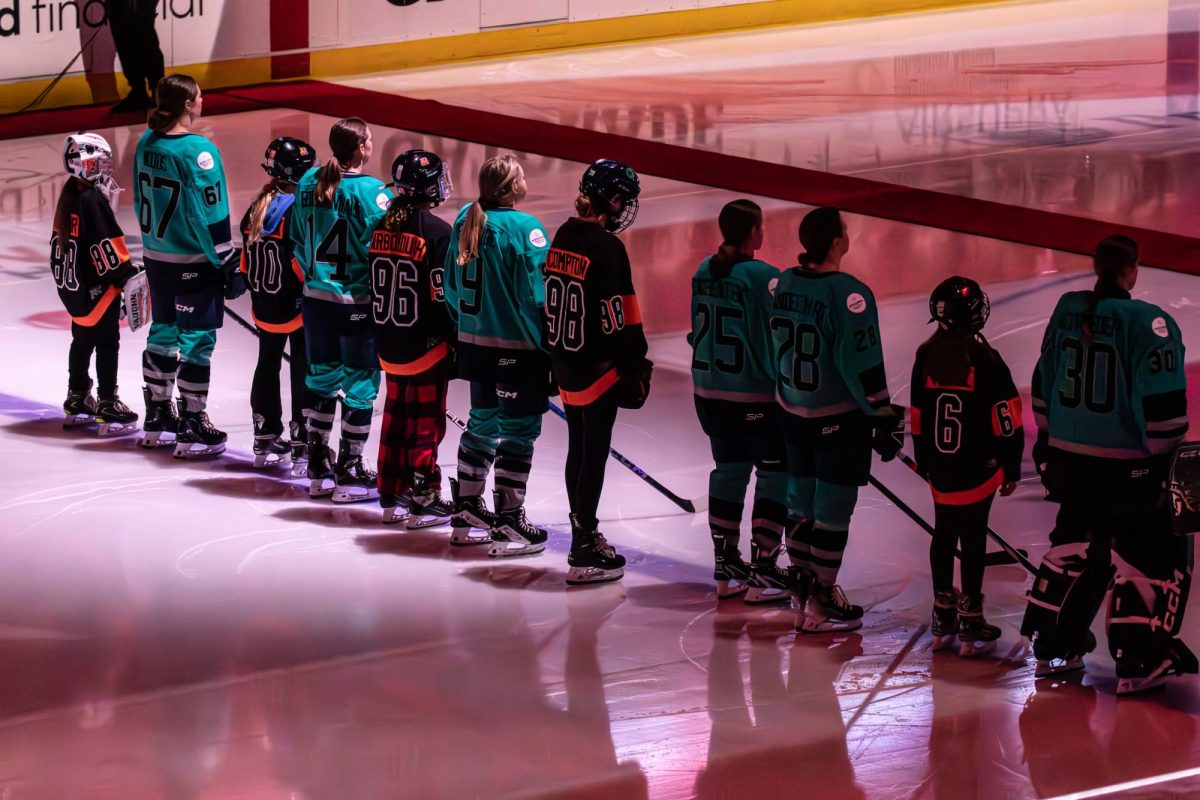
























Joku Jossain • Apr 17, 2018 at 8:54 am
I wouldn’t worry about Gus. He actually gained sponsors after he came out and was deemed the 6th richest US athlete at the Winter Olympics, whereas Adam had no sponsors heading into Pyeongchang. Let’s allow Adam to make some money too, he’s spent a lot of it on his skating career and he’s earned it. It’s not just his personality, he has worked really hard for the past 15 years to get where he is.
Here’s the link to the article about Gus: http://nordic.businessinsider.com/winter-olympics-richest-american-athletes-net-worth-2018-2?r=US&IR=T
Maggie Chirdo • Apr 17, 2018 at 12:54 am
This piece really put into words what was on my mind during the Olympics! On one hand, I was happy to see Adam get so much love and have the chance to control his narrative, but on the other I was reluctant to trust the more mainstream media’s craze over him. Marketability is an interesting side effect of capitalism that has bled into lgbt+ spaces and is well explored in your writing here, Joel.